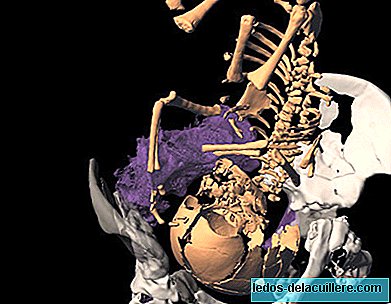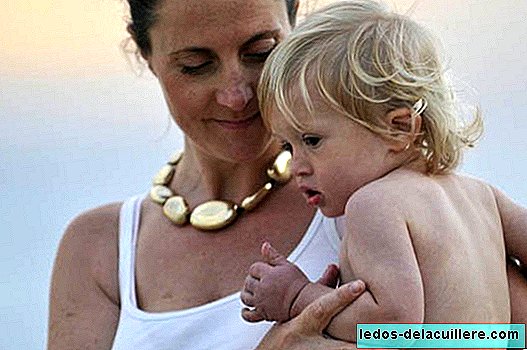
A fossilized pelvis has been used to analyze the types of birth that Neanderthal women had and the conclusion is that giving birth at that time was practically the same as doing it now.
The fossil was found in 1929 in Tabún, Israel, and has served to conduct research published in the digital edition of the "Proceedings of the National Academy of Sciences" (PNAS) comparing the pelvis with that of the current woman.
The pelvis had already been reconstructed and studied twice since its encounter and it was concluded that Neanderthal babies were born using the same rotary technique as current women, however it was not entirely conclusive because of the incompleteness that is already found that, among others, the sacral bone is missing. The fossil has been rebuilt again, this time virtually (you can see the image of the new reconstruction under this paragraph), and this time the results show that the Neanderthal woman had a more primitive delivery mechanism that did not allow the newborn to rotate as it advanced through the birth canal.

In today's women, the shape of the canal changes in size and orientation from the entrance to the exit, forcing the baby to rotate during childbirth facilitating the exit.
Apparently these changes in the pelvis originated from the standing and the need to give birth to babies with large brains.
Despite these obvious differences, the channel in current women and Neanderthals is practically the same size as the baby, so it is suggested that the birth of the Neanderthal woman was almost the same as that of the current woman.
Some researchers have been opposed to this theory, such as Karen Rosenberg, paleoanthropologist at the University of Delaware, and other colleagues. The anthropologist Marcia Ponce de León of the University of Zurich in Switzerland says: "Given the poor conservation of the pelvis of Tabún, it is a bold claim".
He agrees, however, that "the birth was equally difficult in Neanderthals as in modern humans", with or without rotation.












